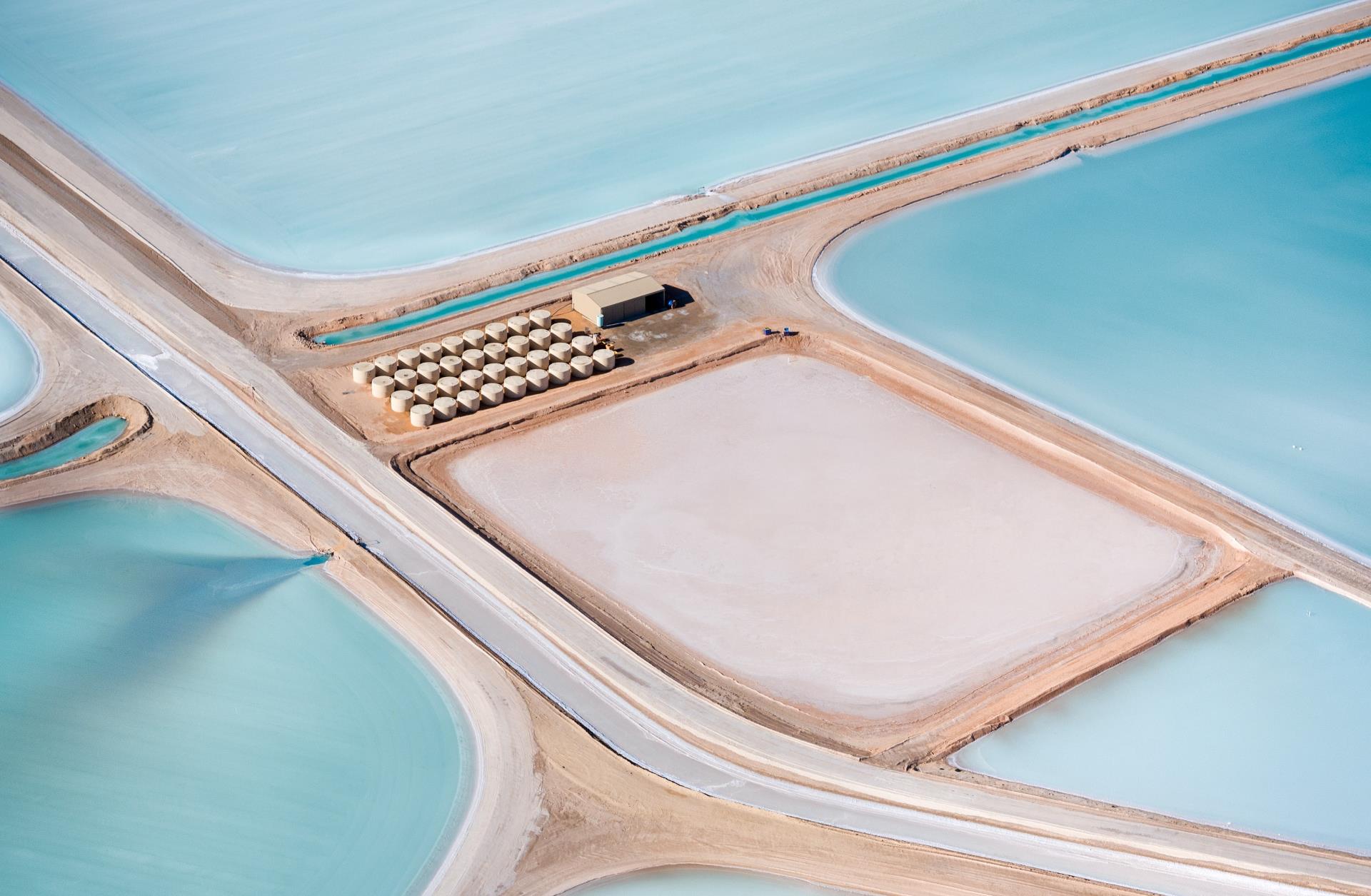Mining
Overview
The strategic location of the Gascoyne between two major mining regions and adjacent the Carnarvon oil and gas basin presents considerable opportunities for the towns of the region to act as logistics and supply chain hubs to this critical Western Australian industry.
Exmouth currently plays a supporting role for the oil and gas sector, providing accommodation and services for residential and fly-in flyout workers as well as limited supply chain inputs to major projects. Expanding these supply chain opportunities into the mining sector and capturing a greater share of capital, operational and maintenance expenditure in the local economy will underpin economic growth in the region.
Salt
Salt is the main commodity mined in the Gascoyne and is largely exported to Asia for food and chemical production. The climatic conditions in the Gascoyne favour salt (sodium chloride) and gypsum production, either from seawater or naturally occurring brines in salt lakes.
The region has significant salt mining operations, hosting two separately owned solar salt mines. The Shark Bay Salt salt field in Shark Bay spans 7000 hectares with a harvesting process that is natural and environmentally friendly, using only the wind and the heat of the sun. This, coupled with pristine seawater from which the salt is derived, produces a high quality product. Shark Bay salt is sold for food use in Taiwan, Indonesia and the Philippines and to soy sauce manufacturers in Japan.
Salt has been mined by Rio Tinto Dampier Salt at Lake MacLeod for over 45 years. Saturated brine contained in Lake MacLeod is approximately 10 times saltier than normal seawater, eliminating the need for a series of concentration ponds normally required to evaporate water to reach 'salting' point.
Both major salt operations maintain private port facilities for direct transport of product.

Shark Bay Salt salt ponds at Useless Loop
Oil and gas
Substantial oil and gas production occurs in the Exmouth sub-basin, offshore from North West Cape, however as this is carried out in Commonwealth waters, the production value is not considered to be a part of the Gascoyne economy.
Work is under way to identify the hydrocarbon potential of the Merlinleigh and Byro Sub-basins in the Carnarvon Basin.
Oil exploration in the Merlinleigh and Byro Sub-Basins commenced in the 1930s and despite additional works programs in the following years the full potential remains to be realised.
Geothermal energy
The Gascoyne Artesian Basin has been identified as a potential source of geothermal energy. Exploration of this resource is currently being undertaken.
Semi-precious stones
Semi-precious stones such as tourmaline, amethyst and variscite are mined in modest quantities in the Upper Gascoyne region. There is also evidence of gold and diamonds in the region.
Other activities such as limestone, rock, gravel and shell mining augment the region’s mining industry. Opportunities exist for further exploration and development with these resources.
Sand
There are several exploration companies assessing mineral sand projects in the Gascoyne. Opportunities exist to capitalise on large deposits of Zircon and Titanium dioxide.
Uranium
There are several exploration companies with potential uranium deposits in the inland Gascoyne however these are currently subject to the WA Government ‘no uranium’ condition on future mining leases.